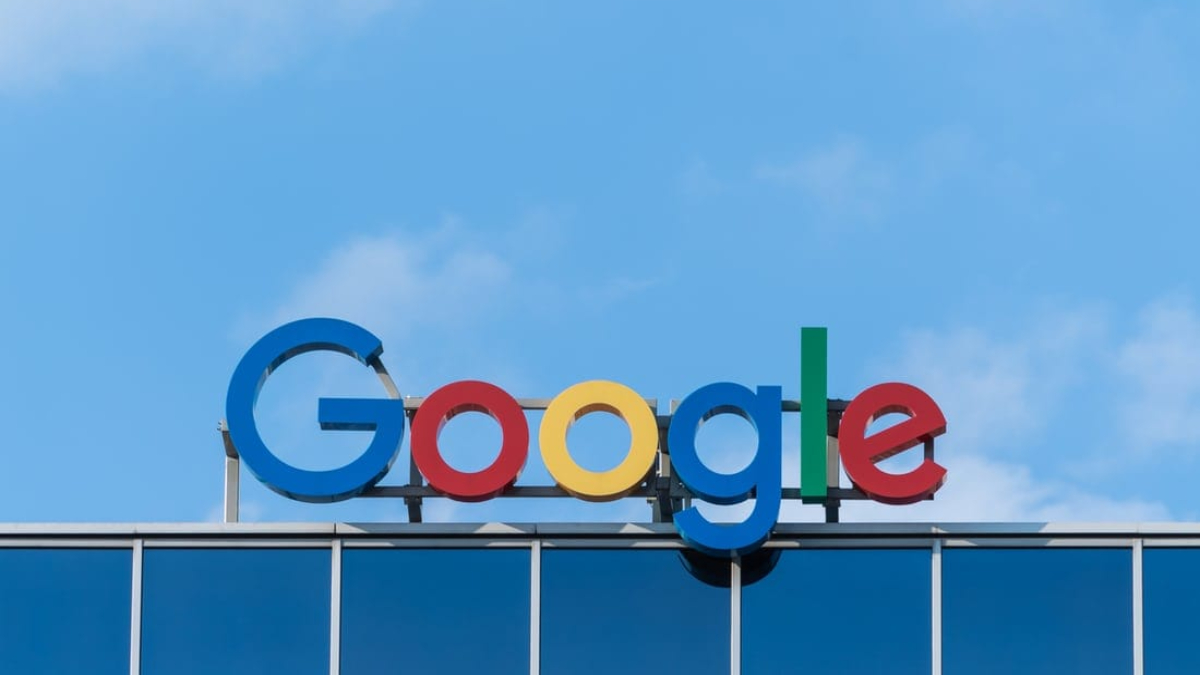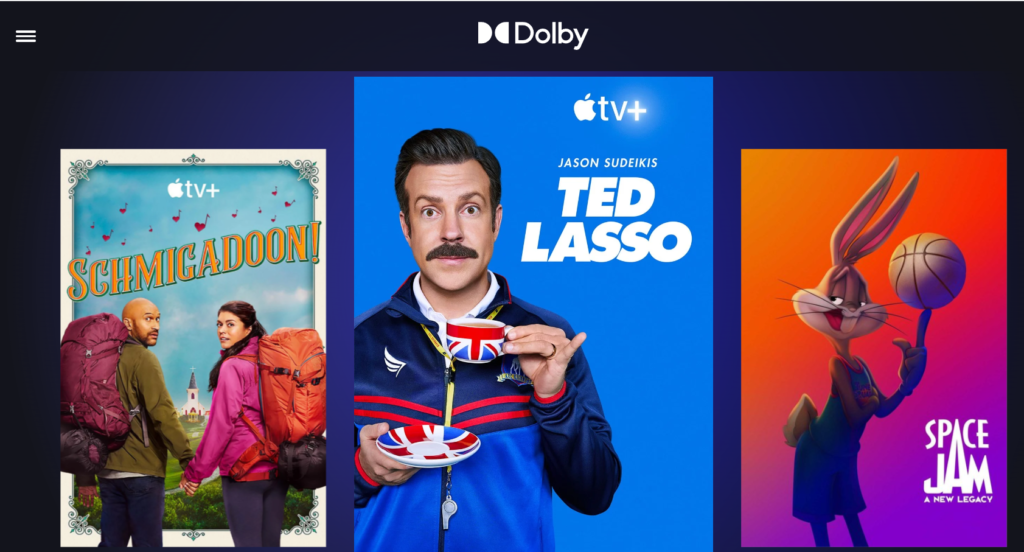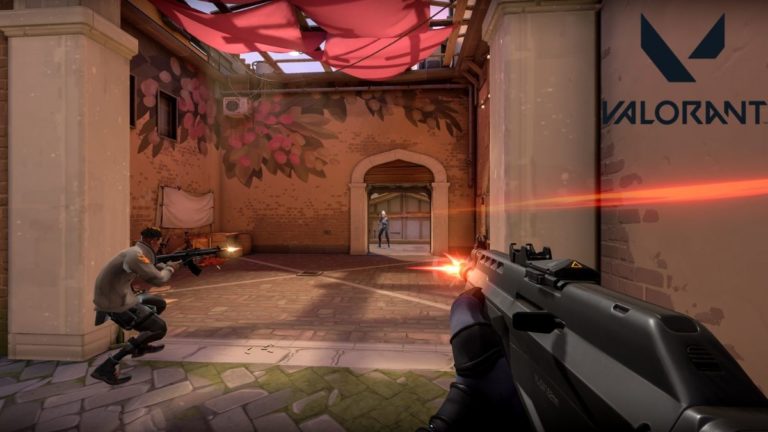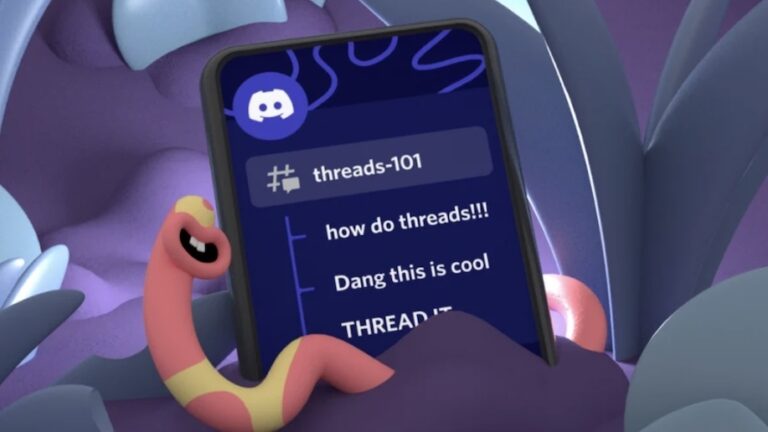What Is Project Caviar? Google’s Answer To Dolby Vision And Atmos

Dolby’s name is synonymous with high-quality video and audio. Numerous brands use Atmos and Vision to market their product with better audio/visual fidelity. But Google doesn’t like the attention that Dolby garners from these brands. It wants to build royalty-free audio and video formats for consumers under its project “Caviar.”
Google is unhappy with the fact that Dolby charges a royalty fee for its audio and video formats. As per Protocol, manufacturers must pay $2 to $3 to license Dolby Vision, while the charges for Dolby Atmos are unknown. Google aims to kill two birds with one stone – reduce the dependence on Dolby Formats and promote the global adoption of its new formats.
Project Caviar by Google: More details
Protocol broke the story about Project Caviar and how Google plans to disrupt the industry. They obtained a video of the presentation on the project that sheds light on Google’s intentions behind the new endeavor. Google’s biggest video product, YouTube, doesn’t support Dolby Atmos or Dolby Vision. So, its user base can never experience the premium audio and video on its platform.

Dolby Atmos creates a 3-D surround sound effect, while Dolby Vision accounts for a richer video-viewing experience. Both these technologies contribute to a premium experience – the main reason why you see it everywhere, be it on smartphones, displays, TV, speakers, and even streaming services.
Apple adopted Dolby Vision, which is now supported throughout the iPhone lineup. But the same cannot be said for Android smartphones. You will rarely find a phone with support for Dolby Atmos or Vision because Google plans to release a competing format for it.
On top of that, it intends to charge no royalty for it from device manufacturers who use it in their products. Project Caviar has high hopes to change the de facto industry standard from premium audio and video formats.
But it also has to give a reason for manufacturers to switch to formats developed by it in the coming years. Meanwhile, popular streaming services like Netflix, HBO Max, and more also support Dolby Technologies.






